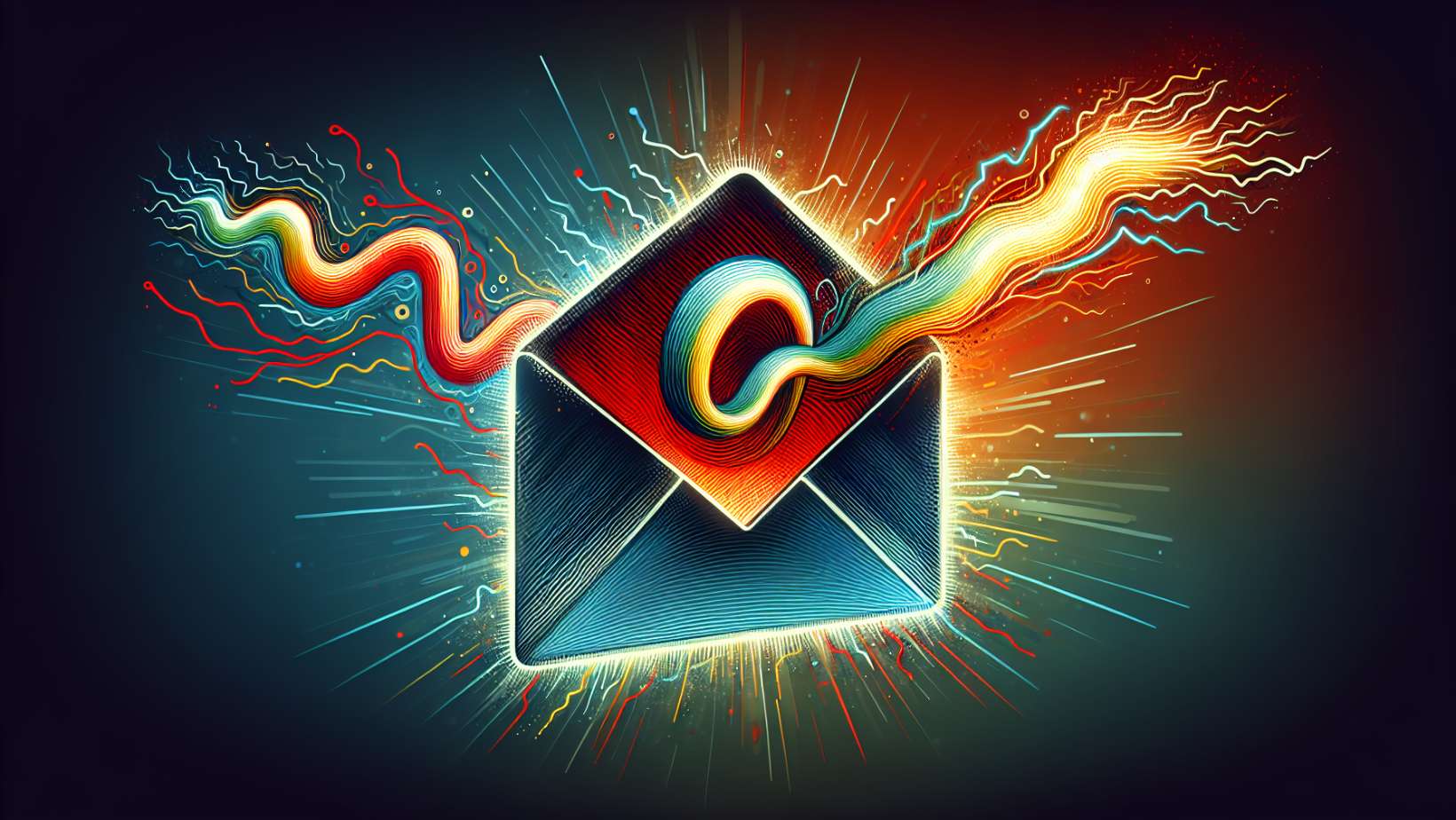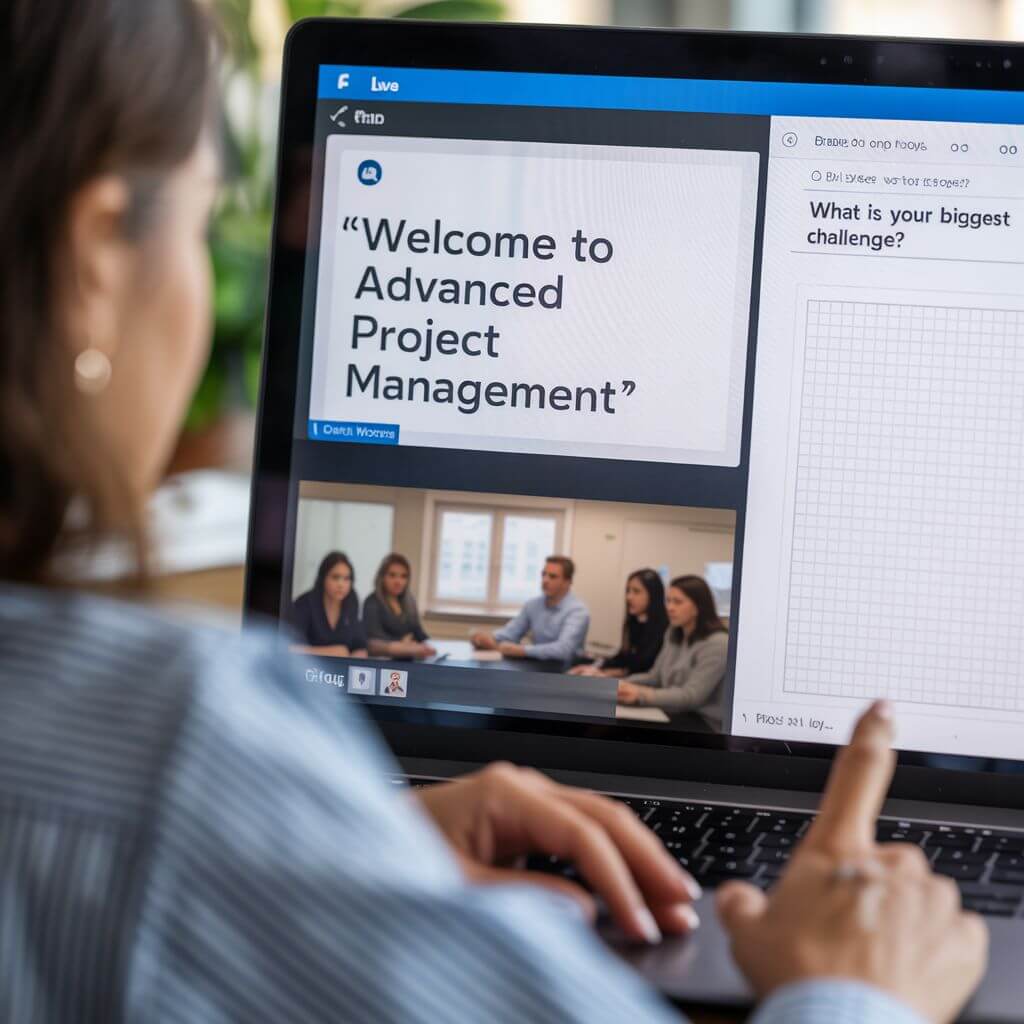In the age of information overload, writing a newsletter that cuts through the noise is more challenging than ever. This article provides straightforward steps on how to write a newsletter that will get read, ensuring your message resonates with your audience. Discover tips on engaging subject lines, valuable content, and design that demands attention – all without the fluff.
Crafting a Captivating Subject Line
When it comes to newsletters, the first impression is everything. That’s where a compelling subject line comes into play. It’s the hook that piques the reader’s interest, teasing them with a promise of value if they dare to click and read on. However, it’s not just about being intriguing. Misleading or vague subject lines can lead to annoyance and, worst-case scenario, unsubscription. It’s a delicate balance, and striking it right is the first step in your successful newsletter journey.
The email subject line should focus on the reader’s interests, making them feel like the newsletter is tailored just for them. Here are some tips to make your subject line stand out:
- Use numbers to quantify the message, adding a tangible aspect that readers find attractive.
- Use brackets to highlight special content, giving the reader a sneak peek into the email’s value.
- Don’t forget about the preview text either - it’s your second chance to make a first impression.
Utilizing Power Words and Emotion
Let’s delve into the finer details of crafting subject lines. Power words are your secret weapon here. They’re strong, action-oriented words like:
- ‘buy’
- ‘shop’
- ‘order’
- ‘subscribe’
- ‘download’
that encourage readers to take action. Coupling these with adverbs such as ‘now’ enhances their persuasiveness, making your subject line even more compelling.
However, action isn’t the only ingredient. Emotion plays a big part too. Incorporating elements of emotion or enthusiasm into a call to action, for instance, through the use of numbers or vivid adjectives, can provoke a stronger response and greater engagement from the audience. In other words, the right combination of powerful words and emotion can skyrocket your open rates and make for a more compelling reader experience.
Keeping it Short and Sweet
Despite the importance of being compelling and emotion-driven, it’s vital to remember brevity when crafting subject lines. Studies suggest that the optimal length for a subject line is about seven words or roughly 40 characters. Anything more can risk being cut off from certain email clients or, worse, bore your reader.
A good subject line is like a mini-skirt. Long enough to cover the essentials but short enough to be interesting. So, trim down any fluff and get straight to the point.
Personalization Techniques
No one likes to feel like just another number. That’s why personalization in newsletters is so important. By incorporating elements like the recipient’s name and location into your content, you can build stronger relationships with your audience and increase engagement.
This level of personalization makes the reader feel special and valued, increasing the chances that they will open and engage with your newsletter. It’s not just about addressing them by their first name, but also tailoring the content to their specific interests and needs.
The Art of Creating Valuable Content

Having perfected the subject line, our focus shifts to the body of the newsletter. The key to creating content that resonates with readers is blending engaging and entertaining content with pertinent business news and insights.
This doesn’t mean stuffing your newsletter with dry, corporate updates. Instead, it’s about providing valuable information in an engaging manner. Implementing best practices or newsletter content creation, while adding brand elements and personalization, can enhance the value you provide to your subscribers.
Balancing Information with Entertainment
What’s the secret to achieving a balance between information and entertainment? By providing a mix of business-oriented updates, local news, and lighter, entertainment-focused content, you can sustain reader engagement.
Think of it as a meal. Your business-oriented updates are the main course - substantial and nourishing. The lighter, entertainment-focused content is the dessert - a treat that leaves your readers with a good taste in their mouths. Serve both in the right proportions, and you’ll have a newsletter that’s both informative and enjoyable.
Incorporating Interactive Elements
Another method to enhance your newsletter content is through interactive elements. Some examples include:
- Quizzes
- Games
- Real-time Q&A sessions
- Surveys
- Educational kits
These interactive elements can provide enjoyable and dynamic experiences that increase engagement.
Techniques like using image carousels to showcase multiple products or accordion blocks for collapsible content features offer visually engaging and user-controlled interactions, improving the email reading experience. The goal here is to encourage your subscribers to interact directly with your brand within the email, creating a personalized, interactive experience that goes beyond passive reading.
Designing for Readability and Appeal

The significance of great content is diminished without an equally great design. A well-designed newsletter is easy to read, visually interesting, and provides contextual clarity, ensuring that readers can easily find relevant news.
From a captivating header and consistent branding to the strategic use of white space, every design element plays a crucial role in optimizing layout and readability. Some key design elements to consider for your newsletter are:
- A captivating header
- Consistent branding
- Strategic use of white space
- High-quality images
- Thoughtful layout choices
Incorporating these design elements can make your organizational news newsletter more visually interesting and provide contextual clarity.
Importance of White Space and Larger Fonts
The utilization of white space is a vital design aspect that often gets neglected. White space can enhance readability, reduce visual clutter, and allow readers to focus on key messaging.
Think of white space as the canvas on which your content is painted. It gives your words room to breathe, helping your readers digest information easily. Pair this with larger fonts, and you’ve got a clean, organized layout that’s a breeze to read!
Structuring Content for Scannability
As online readers’ attention span dwindles, the importance of content structure for easy skimming escalates. Balancing design elements such as whitespace, headings, and organized sections of content is crucial for creating a visually appealing and scannable newsletter.
Employing a mix of different font sizes can draw attention to key areas of a newsletter, aiding in the emphasis of headings, subheadings, and highlighted quotes. The goal is to guide the reader’s eye through the content in a natural and intuitive manner.
Shifting our attention, we now concentrate on fostering a robust connection with the audience. Incorporating the following elements into the newsletter can strengthen the connection with the audience:
- Humor
- Emotion
- Storytelling
- A conversational tone aligned with the brand identity
Providing personal feedback in one’s area of expertise and offering valuable resources and recommendations can establish trust and deepen the reader’s engagement with the newsletter. This isn’t just about increasing open rates; it’s about fostering a sense of community, loyalty, and advocacy among your subscribers.
Segmenting Your Subscriber List
A deep understanding of your audience is crucial for effective connection. That’s where audience segmentation comes into play. Segmenting your audience ensures that your content is personalized and leads to better engagement.
Email Service Providers (ESPs) offer a wide range of customization options that enable marketers to personalize emails and segment the audience effectively. This means you can tailor your newsletters to the specific interests and needs of different subscriber groups, making your content even more relevant and engaging.
Encouraging Reader Interaction
Contrary to some beliefs, a newsletter is not a one-way communication medium. It’s a platform for interaction, a conversation between you and your subscribers. Interactive features such as Q&A sessions after sending an email can enhance engagement and create a sense of real-time interaction.
Rewarding highly engaged subscribers with exclusive bonus content can nurture loyalty and transform regular readers into super fans. This not only boosts engagement but also fosters a sense of community amongst your subscribers.
Timing and Frequency: When to Hit Send
When it comes to sending out newsletters, timing holds paramount importance. Sending newsletters during peak engagement times can significantly increase open rates. But, it’s not just about choosing the right day and time.
Consistency also plays a crucial role in building anticipation and trust with the audience. Sending newsletters on the same day each week shows your readers that you’re reliable, making them more likely to engage with your content.
Analyzing the Best Time to Reach Your Subscribers
What is the optimum time to dispatch newsletters? During weekdays, the highest open rates for newsletters occur around midday, with 12 PM marked as the optimal time for email opens.
However, this can vary depending on your specific audience. Understanding their specific patterns, such as their primary time zone and the periods when they typically check their emails, can influence optimal newsletter timing. Tailoring your schedule to your audience’s habits can increase the chances of your newsletter being opened and read.
Consistency is Key
Having discussed timing, it’s crucial not to overlook the importance of frequency. Maintaining a regular email cadence builds trust and anticipation, as audiences come to expect content delivery at consistent times.
However, it’s important to remember that quality should take precedence over frequency. Sending a high-quality newsletter once a week is better than bombarding your subscribers with daily emails of lesser value. The aim is to respect your subscribers’ time while delivering valuable content that they will look forward to.
Calls to Action That Drive Website Traffic

Shifting our focus, let’s discuss the role of calls to action (CTAs). CTAs are the bridge between your newsletter and the action you want your readers to take, whether it’s visiting your website, making a purchase, or signing up for a service.
A well-designed CTA is clear, compelling, and concise, guiding the reader towards the desired action. But there’s more to it than just crafting a compelling CTA. It’s about designing a visually appealing layout that supports reader engagement and directs readers towards the CTAs.
Placement and Design of CTAs
CTA placement and design are crucial for visibility and action. The design should be eye-catching, with a color that contrasts with the page background to capture the reader’s attention.
CTAs should be ‘above the fold,’ immediately visible to readers without scrolling. A primary CTA should be the most noticeable element in the email, and its styling should be distinct from any secondary CTAs to avoid competing for the reader’s focus.
Creating Urgency and Offering Incentives
Creating a sense of urgency can increase the conversion rates of CTAs. This can be achieved through language that implies a limited opportunity, such as ‘Get 50% off today’ or ‘Start testing,’ encouraging swift action.
Offering incentives is another effective way to boost CTA engagement. Whether it’s exclusive bonus content for highly engaged subscribers or a special discount for new subscribers, incentives can drive immediate action and increase engagement.
Leveraging Email Marketing Tools for Success
The digital age presents a multitude of tools to streamline your email marketing process. The best newsletter platforms offer:
- Advanced subscriber segmentation options
- Intuitive usability
- Comprehensive analytics
- Detailed reporting capabilities
From Benchmark and ConvertKit to Omnisend and Campaign Monitor, there are numerous platforms, including social media platforms, that cater to various email marketing requirements, making it easier than ever to create and distribute engaging newsletters.
Selecting the Right Email Service Providers
The selection of an appropriate Email Service Provider (ESP) underpins the efficiency and effectiveness of email marketing. ESPs allow you to send bulk emails, track metrics, and manage your email list, making it an invaluable tool in your newsletter strategy.
The choice of ESP should align with your specific needs and fit within your designated budget. Whether it’s Mailchimp for comprehensive marketing solutions or Zoho Campaigns for budget-friendly options, there’s an ESP out there that’s perfect for your newsletter strategy.
Advantages of Using Drag and Drop Editors
The advent of the drag-and-drop editor revolutionized newsletter design by introducing newsletter templates. They simplify the design process with template creation and a no-coding-required approach, making it easier to create visually appealing newsletters.
These editors enable the inclusion of high-quality images and graphics, enhancing the visual appeal of your newsletters. Plus, exporting to an HTML file in HTML format allows recipients to view your newsletter on any device, creating a seamless reading experience.
Evaluating Performance with Email Metrics
Monitoring and dissecting your email marketing outcomes is vital in strategy refinement and gradual improvement. An effective email marketing strategy relies on email marketing tools with built-in analytics, which are essential for monitoring key metrics such as open rates and click-through rates.
By understanding what works and what doesn’t, you can leverage successful elements from previous campaigns to enhance the performance of future newsletters.
Understanding Open Rates and Click-Through Rates
In the realm of email marketing, open rates and click-through rates are two pivotal metrics. Open rates measure initial subscriber engagement, indicating how many people are actually opening your newsletter.
Click-through rates, on the other hand, measure content effectiveness, showing how well your content resonates with your audience’s interests. Low click-through rates can indicate that your content is not engaging or relevant to your audience, signaling a need for content refinement.
Making Data-Driven Decisions
Data serves as an influential instrument in honing your newsletter content and overarching marketing strategy. By analyzing email data trends, you can make informed decisions that will lead to better engagement and more successful campaigns.
So, don’t just rely on gut instinct. Use data to drive your decisions, refining your content based on what works best for your audience. After all, successful email marketing is about understanding your audience and delivering content that meets their needs and interests.
Remember, successful email marketing is a blend of art and science. It’s about understanding your audience, delivering valuable content, and constantly refining your strategy based on data and feedback. By applying these strategies, you’re well on your way to mastering newsletter engagement.
Frequently Asked Questions
What are some effective techniques for crafting a captivating subject line?
Craft a captivating subject line by focusing on the reader's interests, quantifying the message with numbers, using brackets to highlight special content, and using appropriate capitalization and preview text for additional context.
How can I make my newsletter content more engaging?
To make your newsletter content more engaging, balance entertaining content with business news and insights and incorporate interactive elements like quizzes, games, surveys, and educational kits. This will enhance reader engagement and make your newsletter more appealing.
How can I build a stronger connection with my audience?
To build a stronger connection with your audience, use humor, emotion, storytelling, and a conversational tone in your communication. Additionally, provides personal feedback, valuable resources, and opportunities for reader interaction to establish trust and foster a sense of community and loyalty.
When is the best time to send newsletters?
The best time to send newsletters is around midday during weekdays, with 12 PM being the optimal time for email opens. However, understanding your audience's specific patterns can also impact the optimal timing.
What metrics should I track to evaluate the performance of my newsletters?
To evaluate your newsletters, track metrics like open rates and click-through rates. Open rates show how many people are reading your newsletter, while click-through rates measure the effectiveness of your content and its relevance to your audience's interests.

 Australia
Australia Singapore
Singapore
 Hong Kong
Hong Kong
 Malaysia
Malaysia
 Philippines
Philippines
 Thailand
Thailand
 Indonesia
Indonesia























